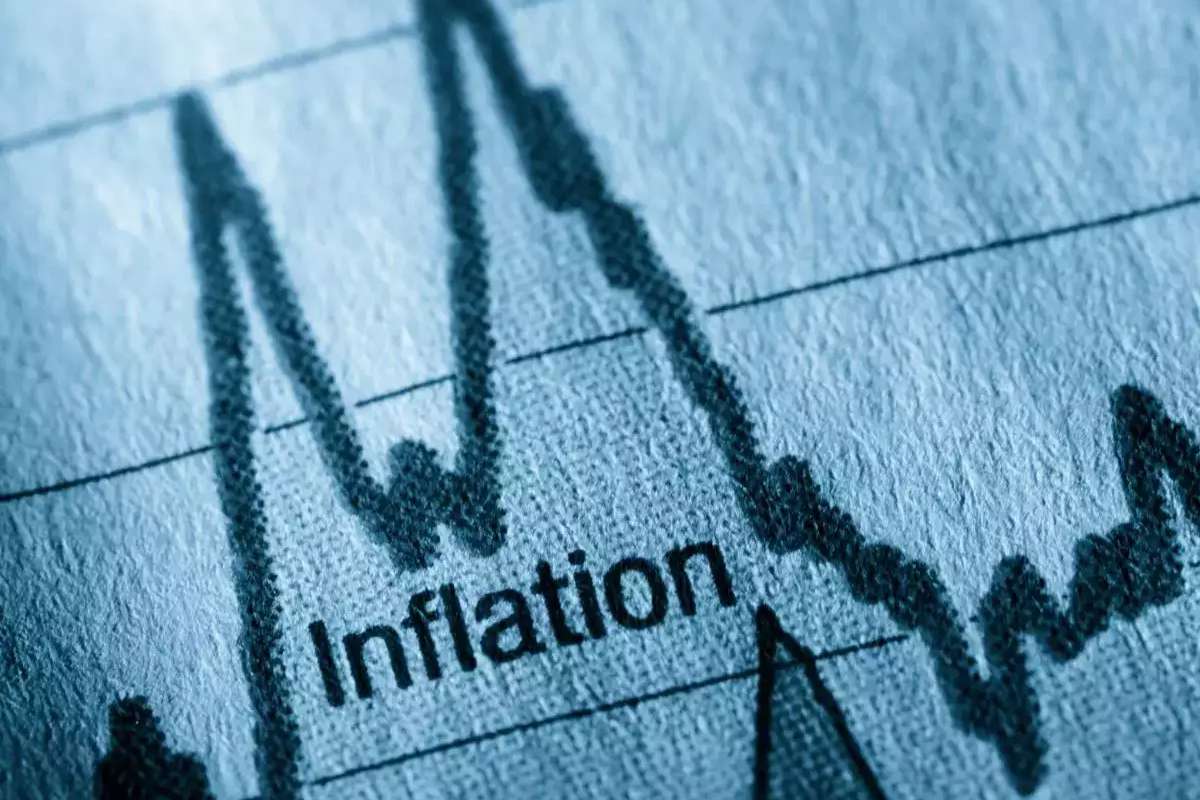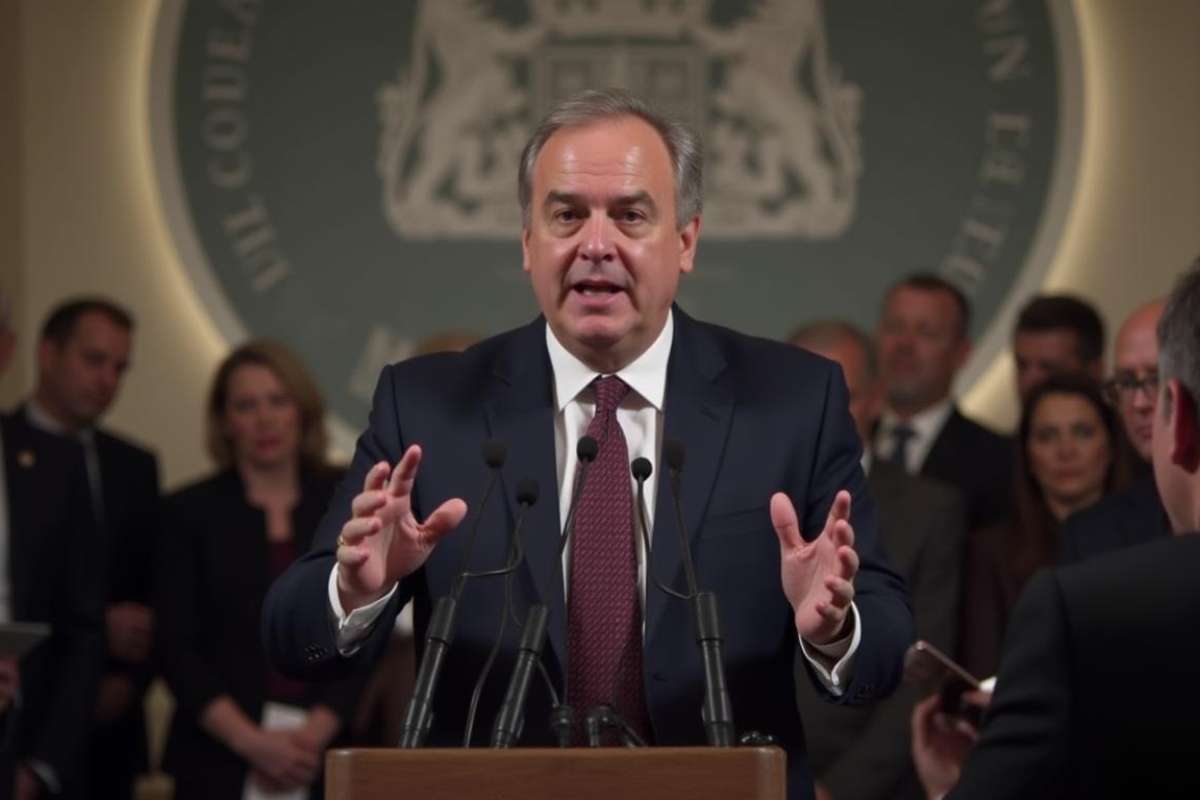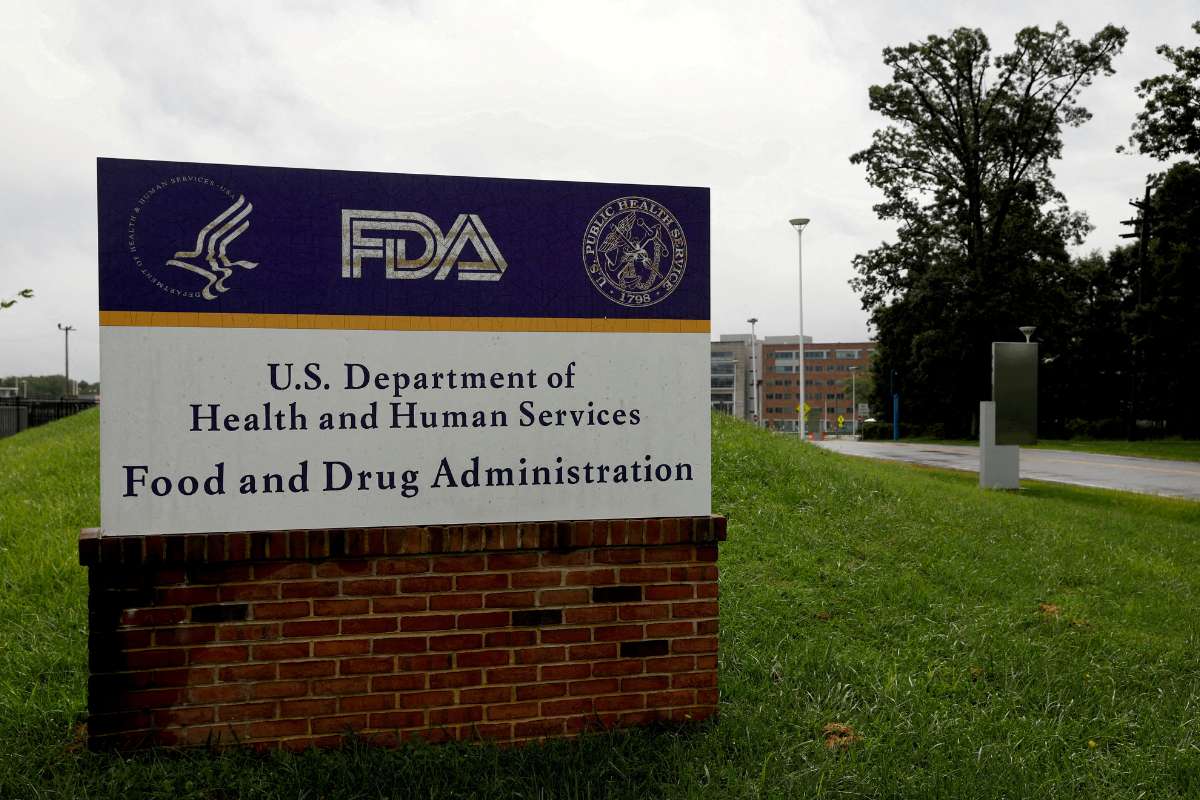The economic forecast for 2025 predicts continued growth, albeit at a slower pace compared to 2024. Inflation is expected to remain above the Federal Reserve’s target, influenced by policies under President-elect Trump that may limit production while stimulating spending. The primary challenge facing the economy is not a recession but constrained production capacity due to reduced immigration.
Economic Momentum Entering 2025
The U.S. economy has performed strongly through 2024, with the last two quarters growing faster than the long-term average. Preliminary data from the Atlanta Federal Reserve’s GDP Now estimate suggests above-average growth for the fourth quarter as well. Employment has risen consistently each month this year, though final data for December 2024 is yet to be released.
Consumer spending has been a key driver of growth, increasing by nearly four percent over the past year after adjusting for inflation. Wages are now rising faster than inflation, and household bank balances remain elevated due to pandemic-era stimulus measures. However, consumer borrowing has not grown significantly. This momentum in consumer spending is expected to remain a bright spot in 2025.
Construction activity has remained steady overall, with surges in data centers and semiconductor fabrication plants compensating for declines in residential and commercial projects. Business capital spending has decreased except for investments related to data centers and semiconductor facilities.
Government spending continues to grow across federal, state, and local levels, driven partly by federal grants. U.S. exports have remained flat, while imports have increased, as a strong dollar makes American products more expensive overseas and imported goods cheaper for U.S. consumers and businesses.
Interest rates, set by the Federal Reserve, are considered restrictive and higher than the neutral rate, which has led to declines in construction and certain business investments. Despite these challenges, the U.S. economy enters 2025 with strong momentum overall, though some sectors remain weak.
Labor Supply and Production Capacity
The greatest limitation on Economic forecast for 2025 will be the labor supply. With spending momentum and continued federal government expenditure, overall demand should remain robust. However, instead of focusing on demand-driven growth, the Economic forecast for 2025 outlook hinges on supply-side constraints, particularly the ability of the U.S. economy to produce goods and services.
Productivity, or output per person, changes gradually. In the short term, labor supply will dictate inflation-adjusted production. Excess demand will likely push inflation higher rather than increase output.
Immigration has supported job growth in recent years, but policies expected to clamp down on border crossings under President-elect Trump will likely reduce the labor force, slowing economic growth. While the economy is still expected to expand due to limited immigration and gradual productivity gains, growth rates will be slower than in previous years. Inflation-adjusted Gross Domestic Product (GDP) growth, which reached 2.7% in 2024, is projected to decline to 2.1% in 2025 and 1.6% in 2026.
Although slower growth is not a recession, businesses may face challenges adapting to smaller growth rates. Companies expanding their operations to match current demand may risk incurring higher costs without sufficient revenue to compensate.
Persistent Inflation and Interest Rate Trends
Inflation is not expected to decline significantly in 2025. The Federal Reserve had aimed for a 2% inflation rate, but this target was not achieved in 2024 and is unlikely to be met in the coming year. The current inflationary environment can be summarized as too many dollars chasing too few goods.
The Federal Reserve may ease short-term interest rates by up to two quarter-point cuts in 2025, but such actions depend on observable progress in reducing inflation. Tariffs, which influence pricing, may complicate Federal Reserve policy. Most economists view tariffs as causing one-time price increases rather than sustained inflation. However, the Fed could adjust its policies to account for tariff-driven price changes.
If tariffs and retaliatory measures harm the domestic economy, the Fed may cut interest rates to provide relief. Conversely, if tariffs exacerbate supply chain problems, stimulating the economy could worsen inflation. Overall, interest rates in 2025 are expected to remain stable, with minimal cuts possible.
Risks to the Economic Forecast
Several risks could disrupt the Economic forecast for 2025. International conflicts, such as a potential China-Taiwan escalation or unrest in the Middle East, could impact global stability. While the global economy is projected to grow at a steady pace, conflicts like the Russia-Ukraine war have shown how quickly forecasts can change.
Domestically, tariffs and retaliatory measures could destabilize the U.S. economy. Supply chains for certain goods, particularly custom-made products, are rigid and could face severe disruptions. Industries reliant on international trade could experience slowdowns or recessions, even if the broader economy continues to grow.
Reduced immigration poses another significant risk. While moderate declines in immigration are factored into the forecast, mass deportations or abrupt labor shortages could lead to sharp production declines in agriculture, construction, and hospitality. Although the economy would eventually adjust, the short-term impact would be severe.
Electrical grid vulnerabilities also threaten economic stability. Aging infrastructure and reduced reliance on traditional energy sources without fully reliable alternatives could result in regional power outages, disproportionately affecting energy-intensive industries.
Opportunities for Economic Growth
Despite these challenges, advancements in artificial intelligence could enhance productivity in sectors like healthcare, manufacturing, finance, and information technology. Higher output per worker could boost inflation-adjusted GDP even with slower labor force growth. However, the upside potential of AI remains limited compared to the downside risks posed by trade disruptions, labor shortages, and geopolitical instability.
Businesses should prioritize managing industry-specific supply risks over preparing for broader economic shifts. These risks could stem from immigration policies, tariffs, and supply chain constraints. While the overall Economic forecast for 2025 indicates continued growth, the pace will be slower, with persistent inflation and ongoing production challenges shaping the year ahead.












